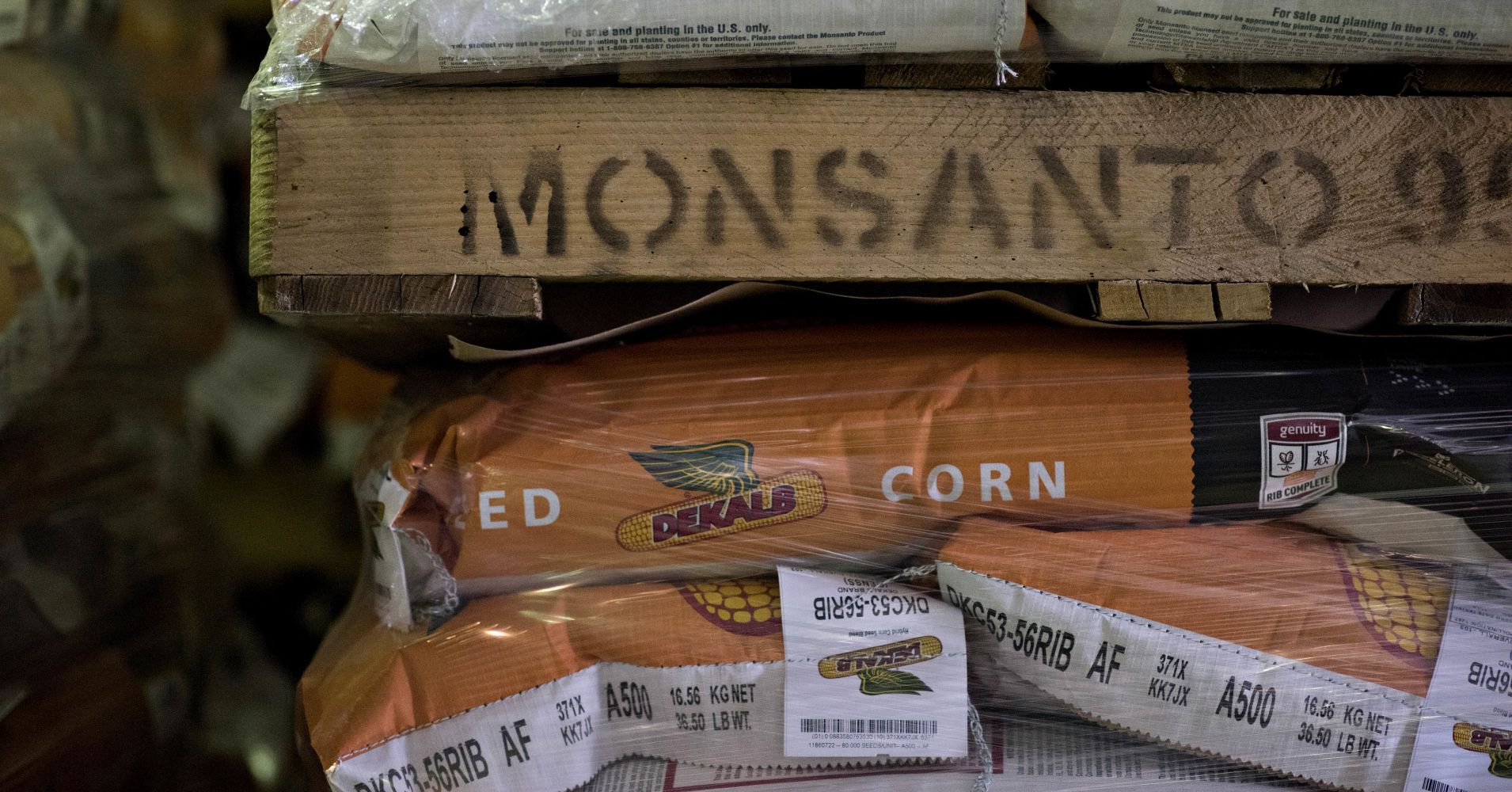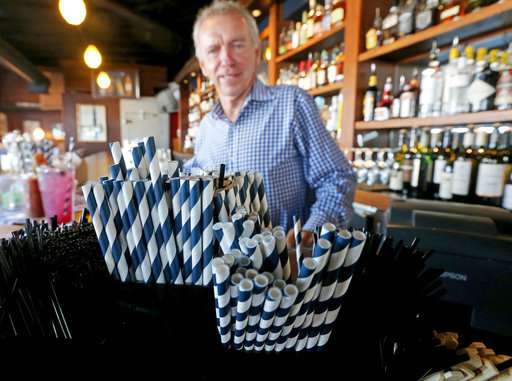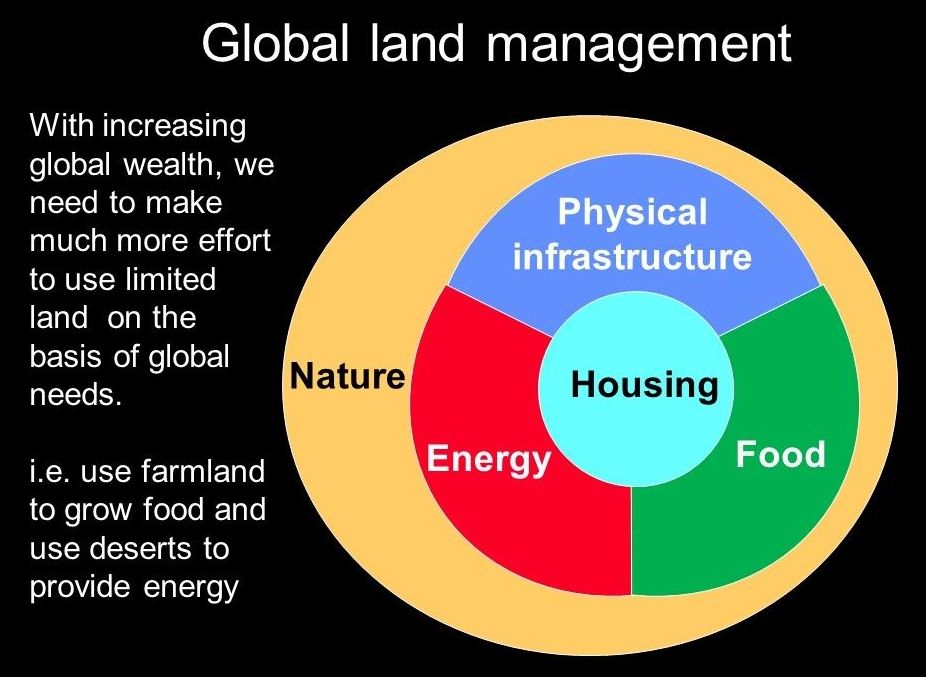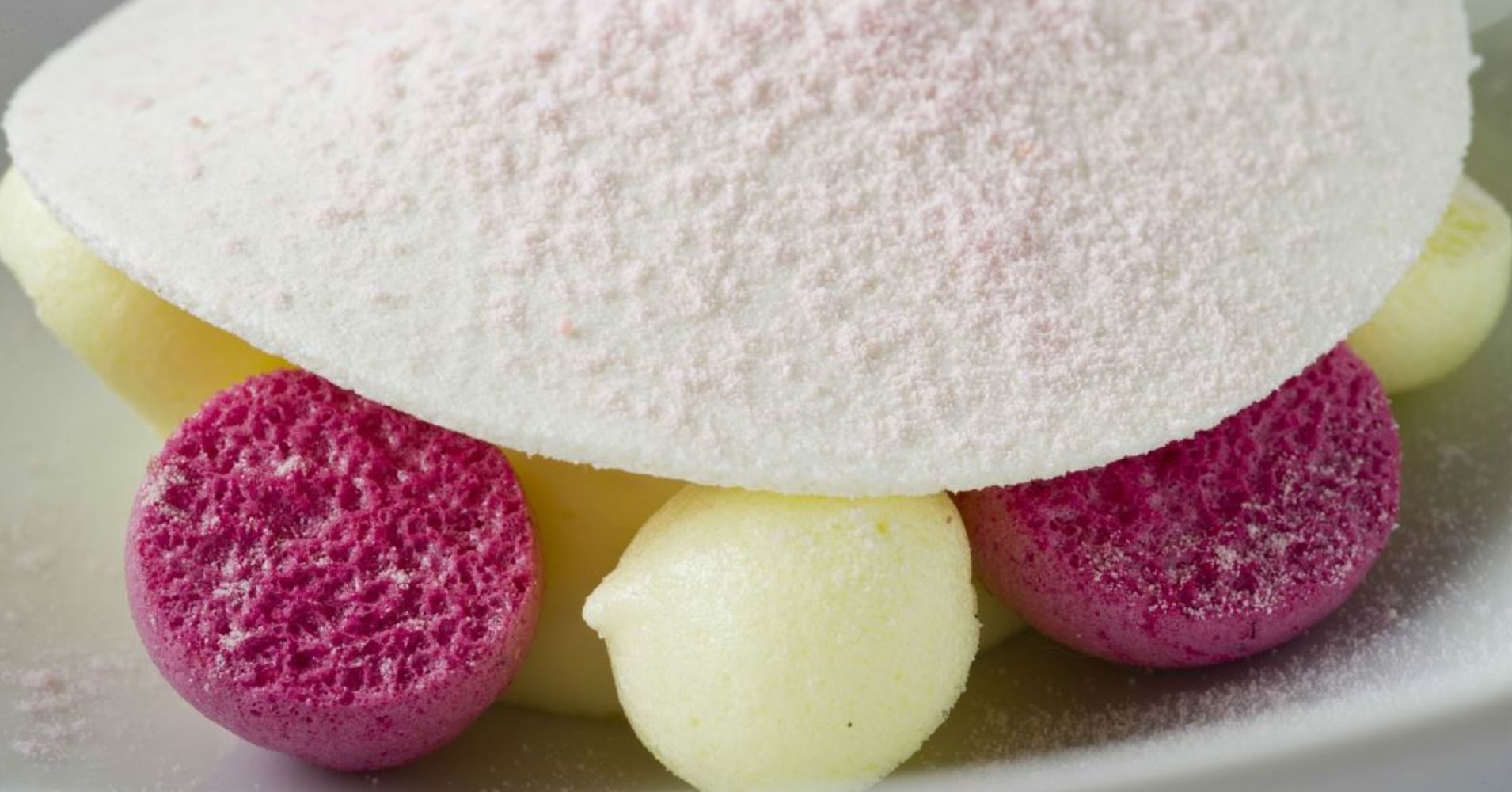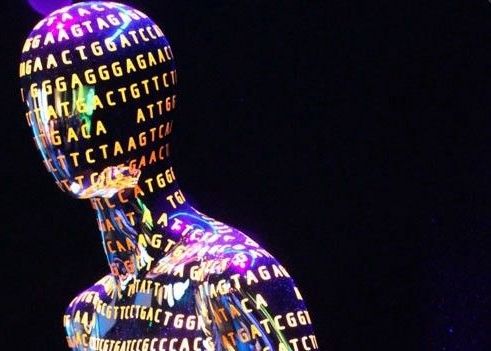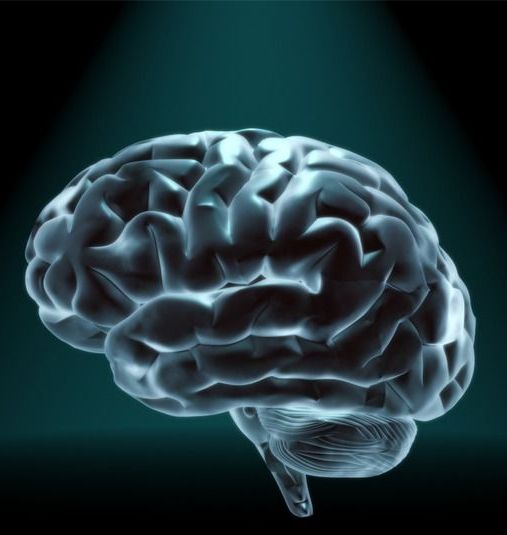Archive for the ‘food’ category: Page 264
Jul 3, 2018
Germany’s Bayer closes $63 billion Monsanto takeover, plans to drop US company’s name
Posted by Derick Lee in categories: biotech/medical, business, food, genetics
Monsanto’s agricultural biotechnology research and development operations that are going to Bayer are the largest in the world and include making genetically modified seeds for such crops as corn, soybeans and cotton. Corn represented almost 60 percent of Monsanto’s total seed and genomics business last year.
German conglomerate Bayer on Thursday closed its $63 billion merger with St. Louis-based agribusiness giant Monsanto and plans to drop the U.S. company’s name.
Jul 2, 2018
Seattle bans plastic straws, utensils at restaurants, bars
Posted by Bill Kemp in categories: business, food
Looking for a plastic straw to sip your soda? It’s no longer allowed in Seattle bars and restaurants.
Neither are plastic utensils in the latest push to reduce waste and prevent marine plastic pollution. Businesses that sell food or drinks won’t be allowed to offer the plastic items under a rule that went into effect Sunday.
Seattle is believed to be the first major U.S. city to ban single-use plastic straws and utensils in food service, according to Seattle Public Utilities. The eco-conscious city has been an environmental leader in the U.S., working to aggressively curb the amount of trash that goes into landfills by requiring more options that can be recycled or composted.
Continue reading “Seattle bans plastic straws, utensils at restaurants, bars” »
Jul 1, 2018
Musk’s Kent solar farm is green lunacy
Posted by Ian D. Pearson in categories: food, solar power, sustainability
Solar farms in Texas or California are fine, but Kent in England?
Solar farms should be placed in desert regions that have low value for growing food, and relatively low value to nature. Musk plans to install a massive solar farm in nice green Kent, where it is occasionally a little bit sunny. Look at the pics here:
http://www.dailymail.co.uk/news/article-5905675/Elon-Musk-bu…plans.html is simply green lunacy.
Jun 30, 2018
The future of food may be cooking with chemical compounds
Posted by Dan Kummer in categories: food, security
French scientist Herve This, the co-creator of molecular gastronomy, wants the world to cook with chemical compounds, a process that he believes can help improve global food security.
Jun 30, 2018
Human Civilization is our Second Womb for Birthing Transhumans
Posted by Odd Edges in categories: biotech/medical, cyborgs, food, genetics, mathematics, sustainability, transhumanism
A being that can consciously alter its own DNA via technological intervention (i.e. cybernetic means) is what our Second Womb has been nurturing. We have used civilization to protect ourselves while we crack the code of our biological being. We started in the womb of the cave. Then moved on to the womb of the hut. Then the village, the city, and the state. All thew hile, we have been tinkering with our own DNA and the DNA of other species. To me, this is the real posthuman or transhuman — it is the creature that is actively editing its own biological blueprint through tech. This is what we’ve been doing since we started augmenting our bodies with clothing and animal skins. We’ve been modifying our ability to endure the slings and arrows of the cosmos.
What is human civilization? It is difficult to assert that other animals do not create their own civilizations — termites for instance meet some criteria for being categorized as cyborgs (building temperature-controlled mega structures). Animals communicate, express feelings, and have personalities. Octopi arrange furniture for would-be mates. Others engage in mating rituals. Some mourn the dead. Birds can solve simple math. Critters scheme, enterprise, forge bonds, and even produce art. What do we do that animals do not?
To our credit, we are the only animals that record, share, and develop history upon structures and materials outside of our bodies. We harness energy for massive projects. We farm, but again, so do leaf-cutter ants. But we create genetically novel vegetables and animals. We alter the global climate. Our enterprises are global, and given time and opportunity, our projects will eventually become exostellar. We do all this rather ferociously. Human history is a rather short explosion of civilization-building activities, and yet it might already have irrevocably altered the future of all life on this planet. No other creature has created a circumstance quite like that of human beings and our anthropocene project. For instance, unless we clean up the environment, the next few generations of plant and animal life are going to have be extremely resilient to radiation, Styrofoam, plastics, and other run-offs squeezed out from the human project. That is just a fact of life now on earth.
Continue reading “Human Civilization is our Second Womb for Birthing Transhumans” »
Jun 30, 2018
Is Southeast Asia the next Silicon Valley?
Posted by Derick Lee in categories: bitcoin, food, robotics/AI, space travel
Some market observers worry the solutions to problems the new technologies offer might become the causes of other problems. With AI gathering steam and large amounts of data flowing to empower machine learning, how to protect privacy in a region where the use of personal information is loosely regulated has become a pressing question.
Filing taxes using blockchain in Indonesia. Growing better crops in Vietnam with artificial intelligence. Sending rockets into space in Singapore. Southeast Asia is quietly emerging as a breeding ground for new technology.
Continue reading “Is Southeast Asia the next Silicon Valley?” »
Jun 29, 2018
Why Older People Are Using the Blood of Teenagers to Live Longer
Posted by Edward Futurem in categories: biotech/medical, food, life extension
The secret of life extension from vampires.
Getting older and dying is so inconvenient. Eating a healthy diet and exercising is a good start in warding off death, but if you’re looking to truly up your immortality game, the answer is simple: teen blood. For a whopping $8,000, the old and the wealthy can receive a blood transfusion from a teenager. Yes, you read that right.
At Ambrosia’s clinics in San Francisco and Tampa, Florida, the wrinkled are receiving what founder Dr. Jesse Karmazin simply refers to as a “young blood treatment.” Patients are administered a transfusion of around 0.66 gallons of blood acquired from donors between the ages of 16 and 25.
Continue reading “Why Older People Are Using the Blood of Teenagers to Live Longer” »
Jun 26, 2018
How your brain decides between knowledge and ignorance
Posted by Bill Kemp in categories: food, information science, neuroscience
We have a ‘thirst for knowledge’ but sometime ‘ignorance is bliss’, so how do we choose between these two mind states at any given time?
UCL psychologists have discovered our brains use the same algorithm and neural architecture to evaluate the opportunity to gain information, as it does to evaluate rewards like food or money.
Funded by the Wellcome Trust, the research, published in the Proceedings of the National Academy of Sciences, also finds that people will spend money to both obtain advance knowledge of a good upcoming event and to remain ignorant of an upcoming bad event.
Jun 25, 2018
Volvo is making a true ‘Autopilot’ that’ll let you eat, sleep, or watch movies – coming in 3 years
Posted by Bill Kemp in categories: food, mobile phones, robotics/AI
Self-driving cars have gone from DARPA project to roaming our streets much faster than anyone predicted, but if you bring the topic up with a grouchy truck nuts-owning uncle, the response is probably going to be “Yeah, but when can I buy one?”
Volvo is making a more concrete (and realistic!) pledge than most of its competitors: to have a Level 4 autonomous car in showrooms, buyable and usable, by 2021. Level 4 doesn’t mean full autonomy, but what it does mean is that you can have the bulk of your commute completely automated.
Don’t Miss : Get the wireless charger that should’ve come with your phone for $13.

